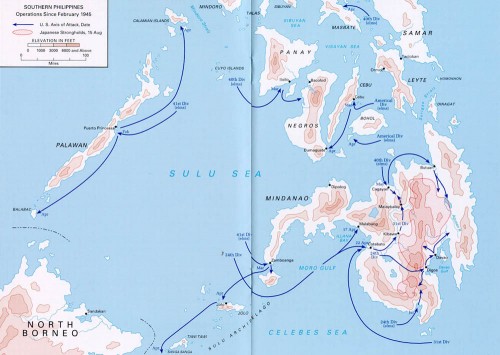The Instagram Panopticon, at Quillette, discusses the way in which social media has encouraged people to carefully curate their self-presentations and to judge the self-presentations of others.
I think it is certainly true that new kinds of media can affect how people think, feel, and interact…and this effect is nothing new. Joseph Roth, who lived in Berlin in the 1920s, wrote about the impact of radio:
There are no more secrets in the world. The whispered confessions of a despondent sinner are available to all the curious ears of a community, which thanks to the wireless telephone has become a pack…No one listened any longer to the song of the nightingale and the chirp of conscience. No one followed the voice of reason and each allowed himself to be drowned out by the cry of instinct.
He didn’t like photography very much, either:
There are no more secrets in the world. The whispered confessions of a despondent sinner are available to all the curious ears of a community, which thanks to the wireless telephone has become a pack…No one listened any longer to the song of the nightingale and the chirp of conscience. No one followed the voice of reason and each allowed himself to be drowned out by the cry of instinct.
But the focus on self-presentation and on evaluating the presentations of other goes back much further. Consider, for example Russia’s ‘paper Facebook’ of the 19th century. No computers and no telephones, but, among aristocrats and the well-off, visiting cards were very important…and:
The cards, decorated with vignettes and lettering, were usually piled somewhere in the entrance hall of a rich house either on a coffee table or tucked behind the mirror; so when a guest was coming, while he waited for the servants to tell the host he’s got a visitor, the guest could assess the popularity and social ties of his host by looking at the cards.
The fashion mongers of the era flaunted each other with a set of business cards from famous and popular people, just as some people now flaunt how many Facebook stars they are friends with!
There were even bot-equivalents to increase one’s count of Likes:
Some people even paid the doormen in rich people’s houses for visiting cards of famous persons princes, counts, rich businessmen to tuck these cards behind their mirrors and make their guests believe they are sometimes visited by such ‘posh’ persons.
Going back even further, in one of Fielding’s novels a woman takes great pleasure in going through the visiting cards of people who called on her. Again, similar to like-collecting on Instagram or Facebook, probably exactly the same dopamine hit.
So yes, changes in media do influence human perception and behavior…but we must be careful not to ascribe things to new media which are really human constants.
